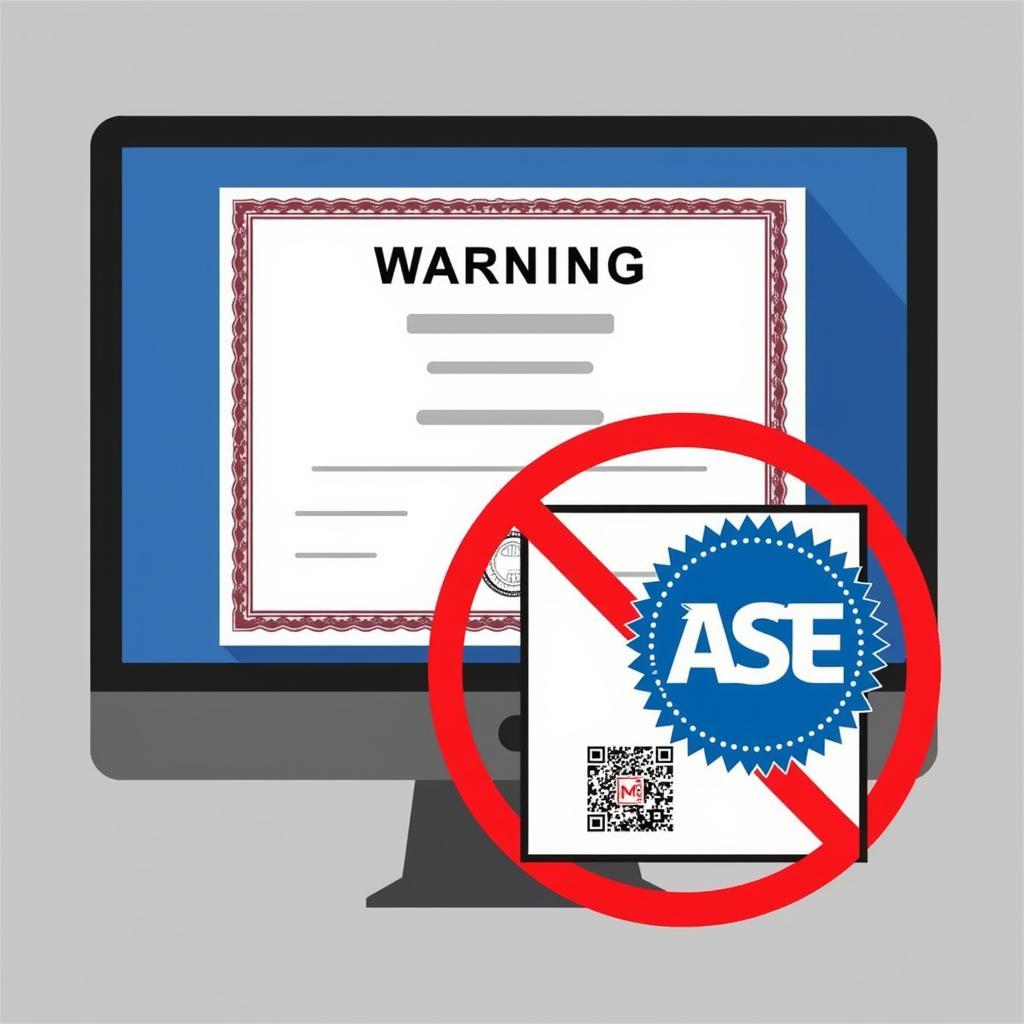Foreign exchange, often shortened to forex or FX, plays a crucial role in the global economy. At its core, it involves the trading of one currency for another, facilitating international transactions and investments. But did you know that foreign exchange serves 3 primary functions? Let’s delve into these functions to understand how they impact businesses and individuals alike.
1. Transfer of Purchasing Power: Bridging International Trade
Imagine a Vietnamese coffee producer wanting to sell their beans to a cafe in the United States. The Vietnamese company wants to be paid in Vietnamese Dong (VND), while the cafe operates in US Dollars (USD). This is where foreign exchange steps in. It allows the cafe to convert their USD into VND, enabling them to pay the Vietnamese producer. This transfer of purchasing power is the lifeblood of international trade, allowing businesses to buy and sell goods and services across borders.
2. Credit Function: Facilitating Global Investments
 Visualizing Credit in Foreign Exchange
Visualizing Credit in Foreign Exchange
Foreign exchange doesn’t just stop at facilitating immediate transactions; it extends to investments as well. Let’s say an investor from Japan wants to invest in a promising tech startup in Singapore. The startup requires funding in Singapore Dollars (SGD). The investor can use foreign exchange to convert their Japanese Yen (JPY) into SGD, providing the necessary capital for the startup. This credit function of forex is essential for global investments, allowing businesses to access funding from international sources and investors to diversify their portfolios globally.
3. Hedging Function: Mitigating Exchange Rate Risks
 Depicting Hedging in Forex Trading
Depicting Hedging in Forex Trading
Exchange rates fluctuate constantly, and these fluctuations can impact businesses and individuals involved in international transactions. For example, a Thai company importing machinery from Germany might face losses if the Euro (EUR) strengthens against the Thai Baht (THB) before they make their payment. Foreign exchange provides tools like forward contracts and options, which allow businesses to “lock in” exchange rates, mitigating potential losses from unfavorable currency movements. This hedging function provides stability and predictability in international trade and investment, reducing uncertainty and promoting economic activity.
Conclusion: The Unseen Engine Powering the Global Economy
The 3 functions of foreign exchange – transfer of purchasing power, credit function, and hedging function – are the unseen engines that power the global economy. They facilitate international trade, enable cross-border investments, and provide tools to manage the risks associated with fluctuating exchange rates. Understanding these functions is crucial for businesses and individuals seeking to participate in the global marketplace, allowing them to navigate the complexities of international finance and seize opportunities for growth and expansion.


